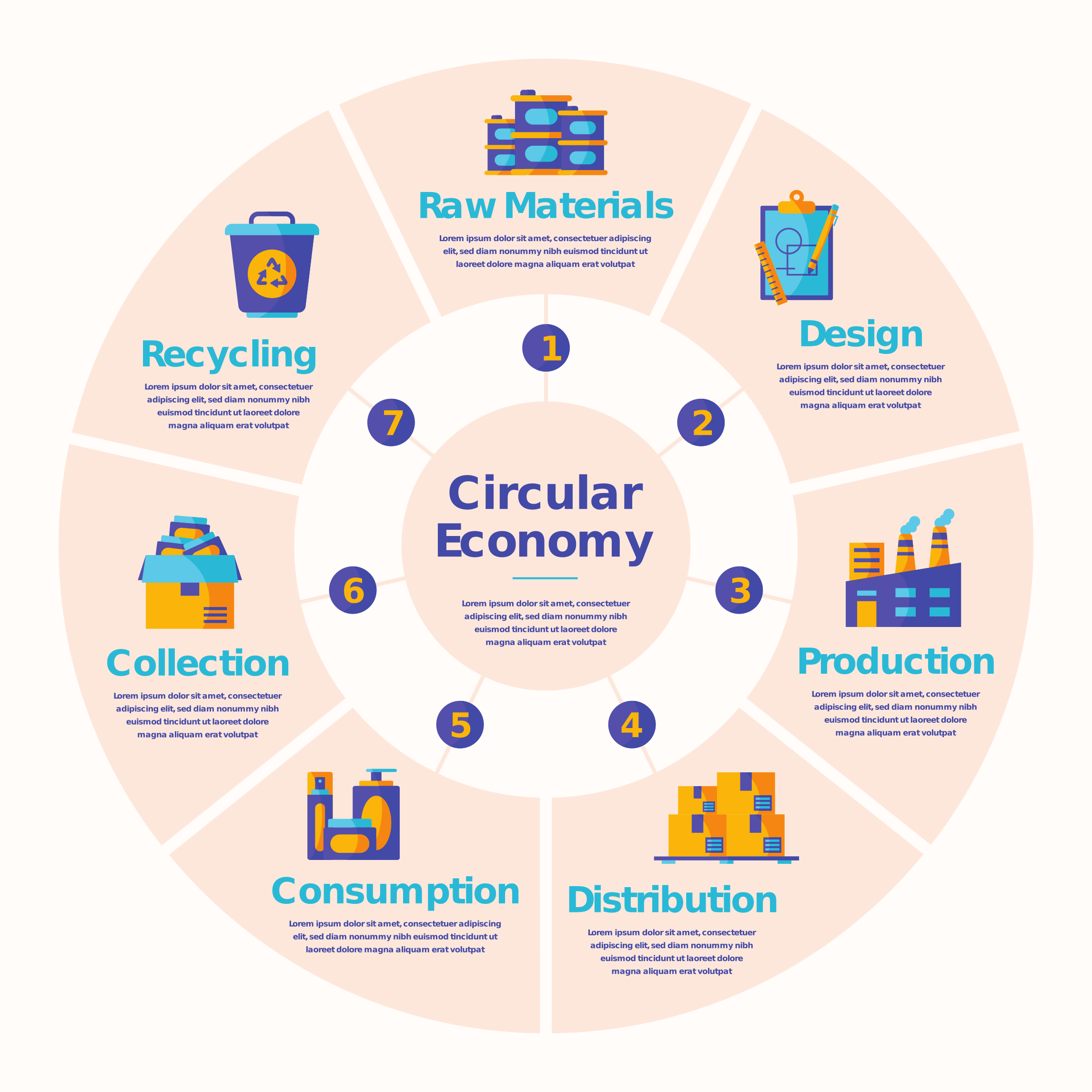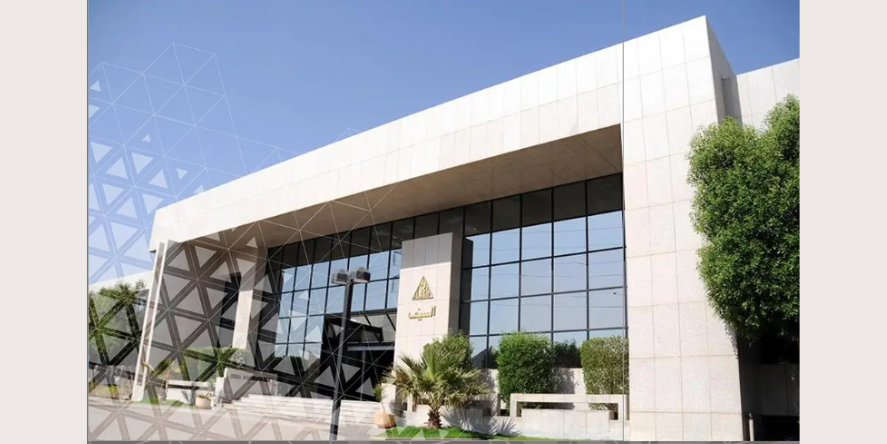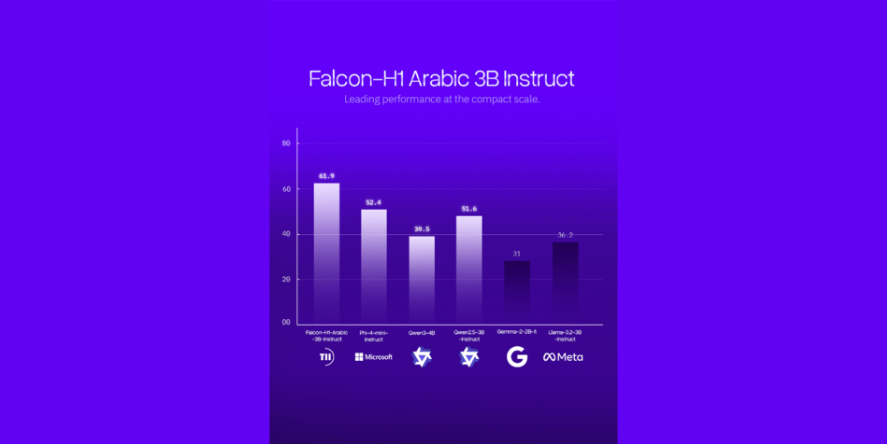The product lifecycle is a fundamental concept in marketing and business strategy, describing the stages a product goes through from its inception to its decline. Understanding these stages helps businesses manage product development, marketing strategies, and resource allocation effectively. The product lifecycle typically includes four main stages: introduction, growth, maturity, and decline. Each stage presents unique challenges and opportunities, requiring distinct strategies for success.
Introduction Stage
Characteristics:
- Market Entry: The product is launched into the market.
- Low Sales: Initial sales are usually low as the product is new.
- High Costs: Significant investment in marketing and production.
- Limited Competition: Few competitors, if any, as the product is new.
Strategies:
- Awareness Campaigns: Focus on creating awareness through advertising and promotions. Highlight the unique features and benefits of the product.
- Target Early Adopters: Engage with early adopters who are willing to try new products. Their feedback can be valuable for refining the product.
- Pricing Strategy: Consider penetration pricing (low price to attract customers) or skimming pricing (high price to maximize profits from early adopters).
The introduction stage is critical for setting the foundation of the product’s future. It involves heavy investment in marketing to build brand awareness and attract the initial customer base. Companies often focus on distinguishing their product from competitors and emphasizing its unique selling points (USPs).
Growth Stage
Characteristics:
- Increasing Sales: Sales volume rises rapidly as more customers become aware of the product.
- Market Expansion: New market segments are targeted, and distribution channels are expanded.
- Emerging Competition: Competitors start to enter the market with similar products.
- Improved Profitability: Economies of scale lead to lower production costs and higher profits.
Strategies:
- Market Penetration: Increase market share by expanding into new geographical areas and market segments.
- Product Improvement: Enhance the product based on customer feedback and market research. Introduce new features or variations.
- Competitive Pricing: Adjust pricing strategies to remain competitive and attract a broader customer base.
- Brand Building: Strengthen brand loyalty through customer engagement, excellent customer service, and consistent product quality.
During the growth stage, the focus shifts to maximizing market share and establishing a strong brand presence. Companies invest in improving product features and expanding their market reach. Effective management of this stage can lead to a dominant market position and long-term profitability.
Maturity Stage
Characteristics:
- Peak Sales: Sales growth slows down and eventually stabilizes at a high level.
- Market Saturation: The market becomes saturated with similar products, leading to intense competition.
- Price Pressure: Increased competition may result in price wars and reduced profit margins.
- Focus on Differentiation: Companies emphasize differentiating their product to maintain customer loyalty.
Strategies:
- Product Diversification: Introduce new versions, upgrades, or complementary products to keep the product line fresh and appealing.
- Market Segmentation: Target niche markets and tailor marketing efforts to specific customer groups.
- Cost Management: Focus on reducing production and operational costs to maintain profitability amidst price competition.
- Promotional Offers: Use discounts, loyalty programs, and special offers to retain existing customers and attract new ones.
The maturity stage is often the longest in the product lifecycle. Companies must innovate and adapt to sustain their market position. Efficient cost management and strategic marketing play crucial roles in extending the product’s life and maintaining profitability.
Decline Stage
Characteristics:
- Decreasing Sales: Sales decline as the market becomes saturated or new technologies and trends emerge.
- Reduced Profits: Lower sales volumes and price reductions lead to decreased profitability.
- Product Obsolescence: The product may become outdated due to technological advancements or changing customer preferences.
- Market Exit: Some competitors may exit the market or discontinue the product.
Strategies:
- Product Line Rationalization: Streamline the product line by discontinuing less profitable variants and focusing on the most successful ones.
- Harvesting: Gradually reduce investment in the product while maximizing short-term profits.
- Repositioning: Find new uses or markets for the product to extend its lifecycle.
- Exit Strategy: Plan an orderly exit from the market, ensuring minimal impact on the company’s overall brand and finances.
In the decline stage, businesses must decide whether to rejuvenate the product through innovation or phase it out. Effective management of this stage can involve finding niche markets, leveraging remaining brand equity, or developing exit strategies that allow for a smooth transition. You can enlist the help of a product lifecycle management consultant to build your skills.
Conclusion
Understanding the product lifecycle is crucial for businesses to navigate the challenges and opportunities at each stage. By adopting appropriate strategies for the introduction, growth, maturity, and decline stages, companies can maximize their products’ success and profitability. Continuous market analysis, innovation, and strategic planning are essential for managing the product lifecycle effectively and ensuring long-term business success.
Blog Received On Mail











